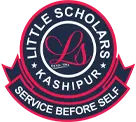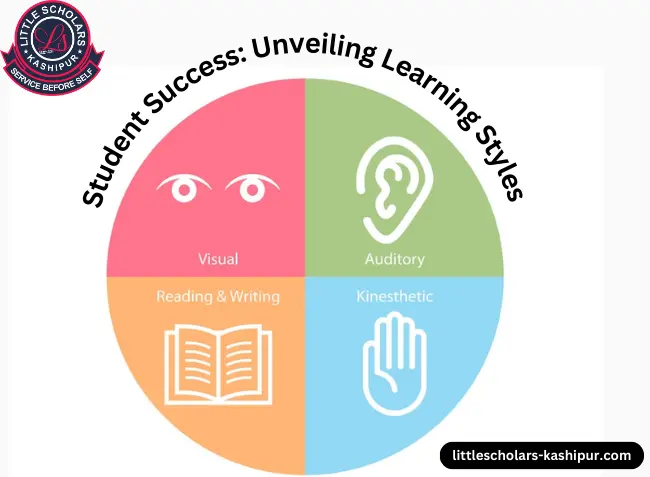In today's diverse classrooms, recognizing and catering to various learning styles can make a significant difference in students' academic success and overall development. Every student is unique, and understanding their preferred way of learning can help educators tailor their teaching strategies, fostering a more inclusive and effective learning environment. In this blog, we will explore different learning styles and provide practical tips on how to harness them for optimal student engagement and achievement.
Oral Communication: The Art of Connecting Through Words: Read now
What Are Learning Styles?
The term "learning style" describes how a person prefers to assimilate knowledge. Generally speaking, they fall into four major categories:
1. Visual Learners: These students learn best through seeing. Writing rules, charts, movies, and diagrams are the tools that they favor the most.
2. Auditory Learners: Auditory learners absorb information better when it is presented through sound. Lectures, conversations, audiobooks, and spoken directions are helpful to them.
3. Kinesthetic Learners: Also known as tactile learners, these students prefer hands-on experiences. They learn best through activities, experiments, and real-life simulations.
4. Reading/Writing Learners: These learners thrive on written words. They prefer reading textbooks, writing notes, and engaging in written exercises.
Identifying Learning Styles
Understanding your students' learning styles can be a game-changer. There are some pointers to assist in locating them:
1. Observation: Pay attention to how students interact with different types of content. Do they seem more engaged with visual aids or through listening?
2. Surveys and Questionnaires: Use tools like the VARK questionnaire (visual, auditory, reading/writing, and kinesthetic) to get insights directly from the students.
3. Feedback: Regularly ask students what methods help them learn best and adjust your teaching strategies accordingly.
Strategies for Each Learning Style
For Visual Learners
1. Use Visual Aids: Incorporate charts, graphs, and images into your lessons.
2. Mind Mapping: Encourage students to create mind maps to organize information visually.
3. Interactive Whiteboards: Utilize technology that allows students to interact with visual content.
For Auditory Learners
1. Group Discussions: Foster a classroom environment where discussions and verbal interactions are encouraged.
2. Recorded Lectures: Provide access to audio recordings of your lectures.
3. Music and Rhymes: Use songs and rhymes to make learning more engaging.
For Kinesthetic Learners
1. Hands-On Activities: Incorporate labs, experiments, and physical activities into your curriculum.
2. Role-Playing: Use role-playing exercises to bring lessons to life.
3. Movement Breaks: Allow short breaks for movement to help these learners stay focused.
For reading, writing, and reading learners
1. Reading Assignments: Provide plenty of reading materials and encourage note-taking.
2. Writing Exercises: Assign essays, reports, and other writing tasks.
3. Interactive Notebooks: Use notebooks that allow students to write and interact with the content.
Creating an Inclusive Classroom
It's crucial to remember that a lot of kids can combine different learning styles. Here are some general tips for creating an inclusive classroom environment:
1. Variety: Incorporate a mix of teaching methods to cater to different learning styles.
2. Flexibility: Be willing to adjust your strategies based on student feedback and performance.
3. Encouragement: Foster a supportive atmosphere where all learning preferences are respected and valued.
Exploring the Wonders of Biodiversity Hotspots: Preserving Nature's Treasures: Read now
Conclusion
Understanding and harnessing different learning styles is crucial for unlocking students' potential. By recognizing the unique ways in which students learn and adapting your teaching methods accordingly, you can create a more engaging and effective educational experience. Remember, the goal is to make learning accessible and enjoyable for every student, helping them achieve their best.




